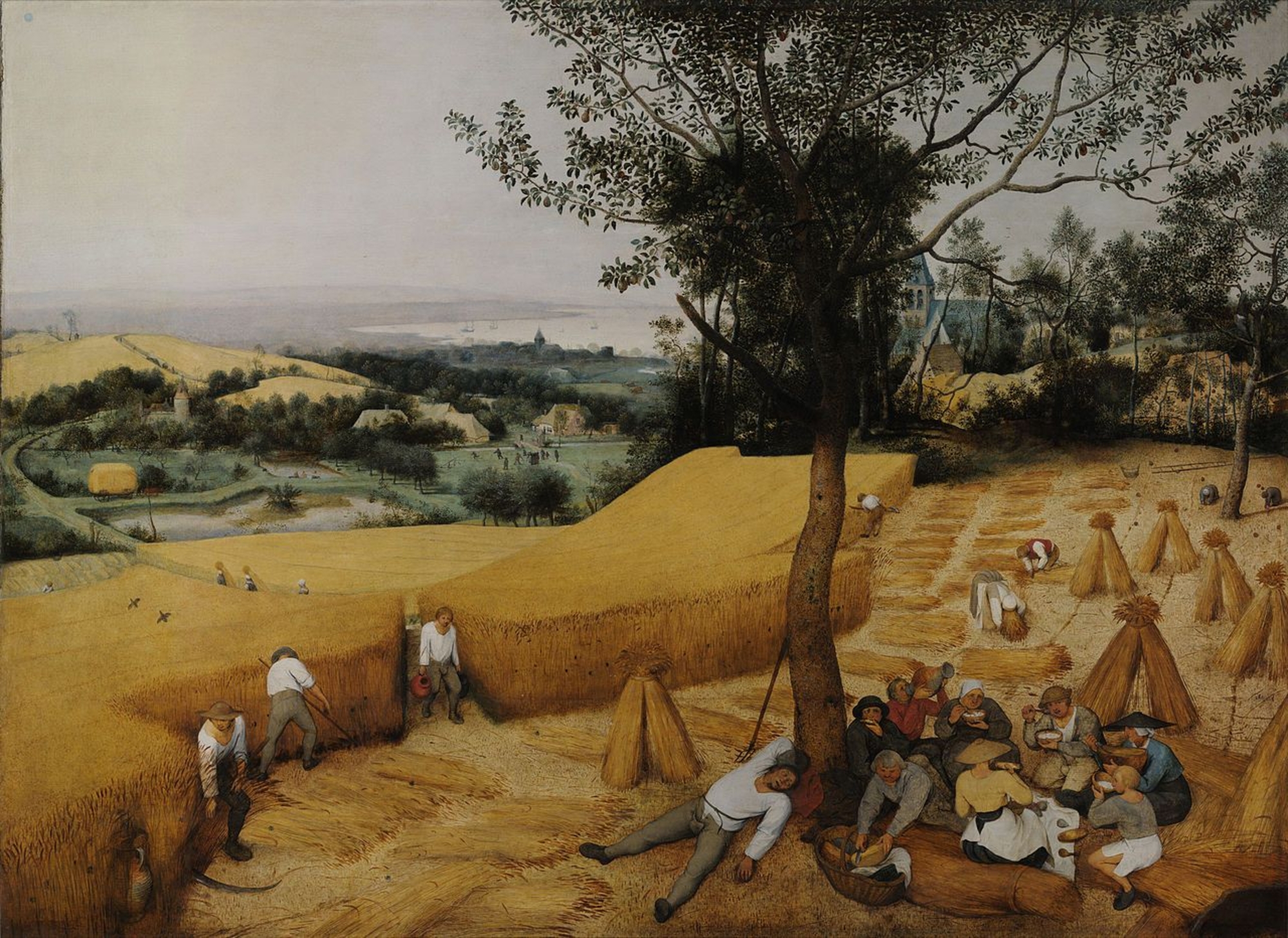- Home
- Discoveries
- Gallo-Roman settlements
- A thirst for building
Major imperial road that linked Lyon to Boulogne-sur-Mer, near Amiens at St-Vast-en-Chaussée (Somme).
Boulogne-sur-Mer (Pas-de-Calais) and its fortified enclosure.
A long period of peace and prosperity
Despite several difficulties, a civil war in 69–70 BCE, and above all a barbarian raid around 175, the Pax Romana took root in northern France. Never before had such a frenzy of construction taken place — cities were first, at the initiative of Augustus in 27 BCE, because for Rome, urbanization was the very symbol of civilization.
Open and very extensive cities
Cities were created from nothing according to pre-established, partially orthogonal plans, and were endowed with large public monuments such as temples, baths, and a forum. The Romans had to make their presence felt and to impress the natives. The city of Samarobriva (Amiens), in the land of the Ambiani, has been the object of particular study. In the mid first century, it covered more than forty hectares, and was more powerful than Lutetia (Paris). At its height, the city extended across 160 hectares.
It was only in 275 that the city built ramparts around some twenty hectares, following the terrible series of barbarian incursions that began in 254 (Massy, Bayard 1983). ). The other ancient cities of northern Gaul followed the same pattern. Unfortunately, as is often the case, the cities of today hide their predecessors. Thus, nothing is generally visible from the air.
Ancient means of communication
The first network of roads was essentially military. It was built by Agrippa in 19 BCE.
These Roman roads are still visible in aerial photographs. They were built to link up the cities — the administrative centers of the (civitates)civitates — and to support the imperialist and military goals of Rome. Among other things, they allowed access to the sea — this is the role of the great imperial road that linked Lyon (Lugdunum), Amiens (Samarobriva), and Boulogne-sur-Mer (Gesoriacum), which was an extremely important port, especially after the invasion of England by Claudius in 42 CE and the wars that ensued. It is the only city in northern France to have remained continuously fortified. Official letters circulated as quickly as possible on these roads thanks to a cursus publicus set up by Augustus. Much like on today's motorways, the Roman roads were equipped with relay stations (mutatio), and inns (mansio), with tavens (taberna), restaurants (caupona), and warehouses (horrea).


